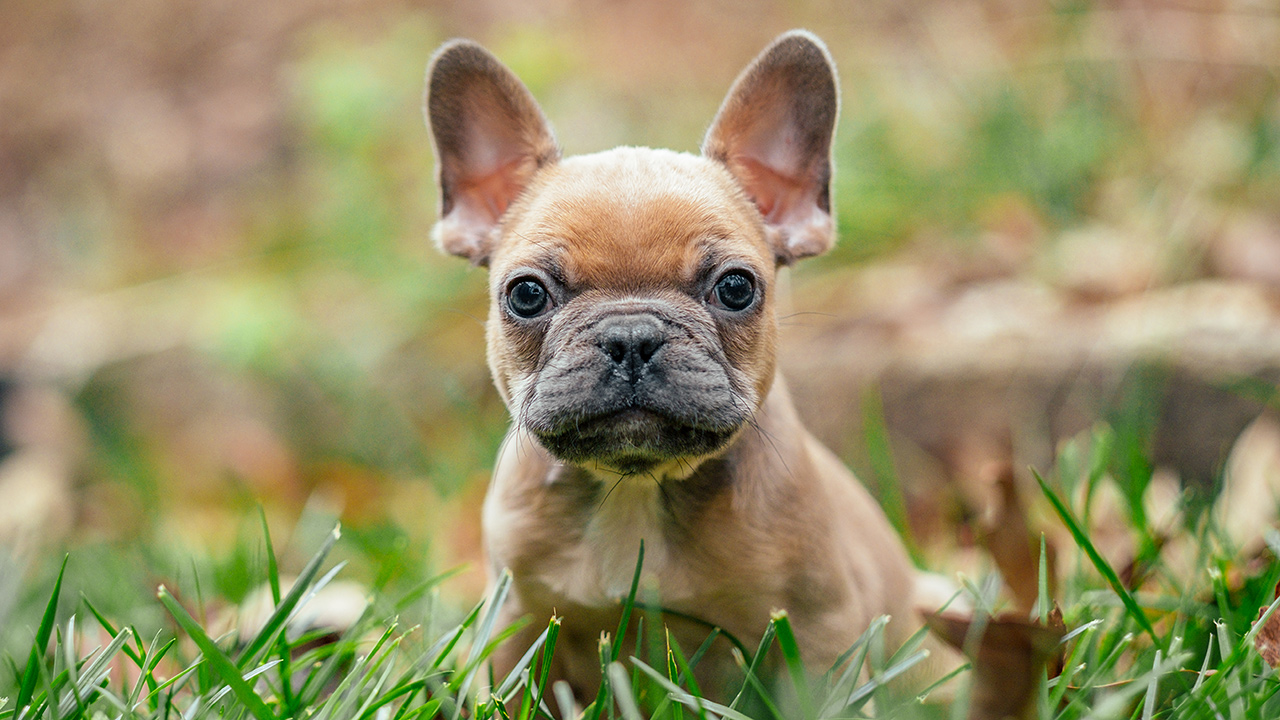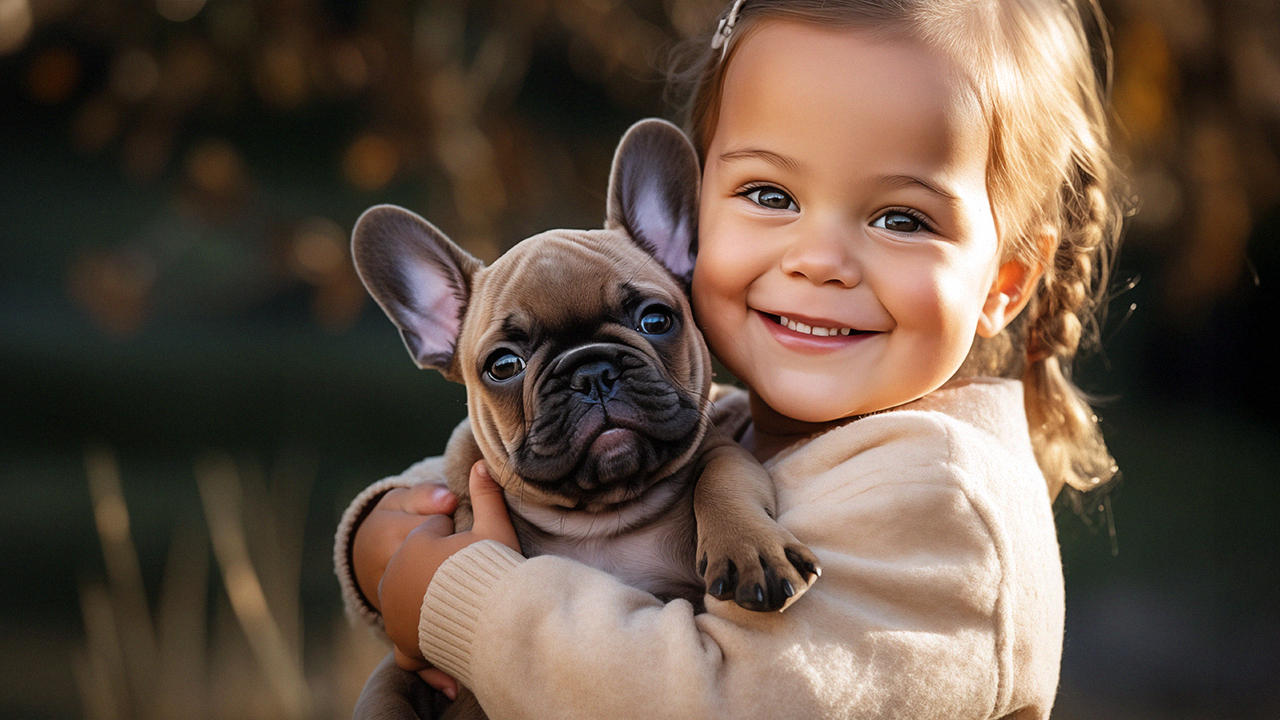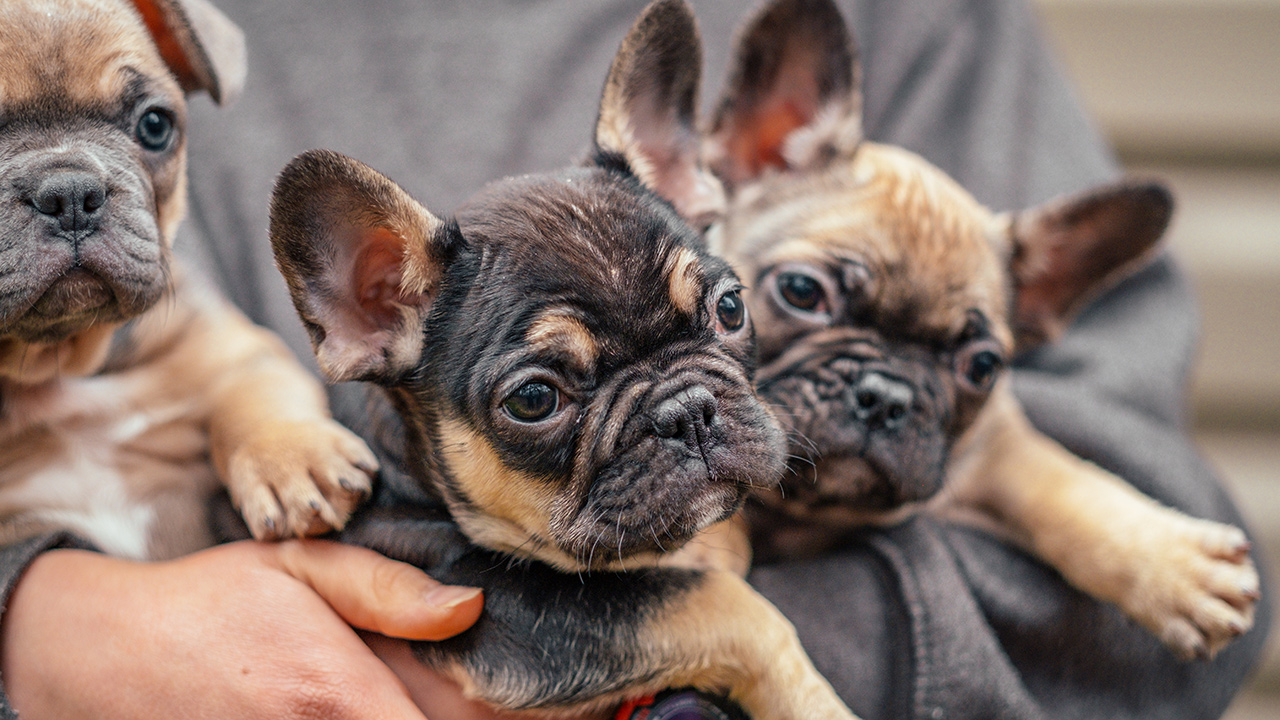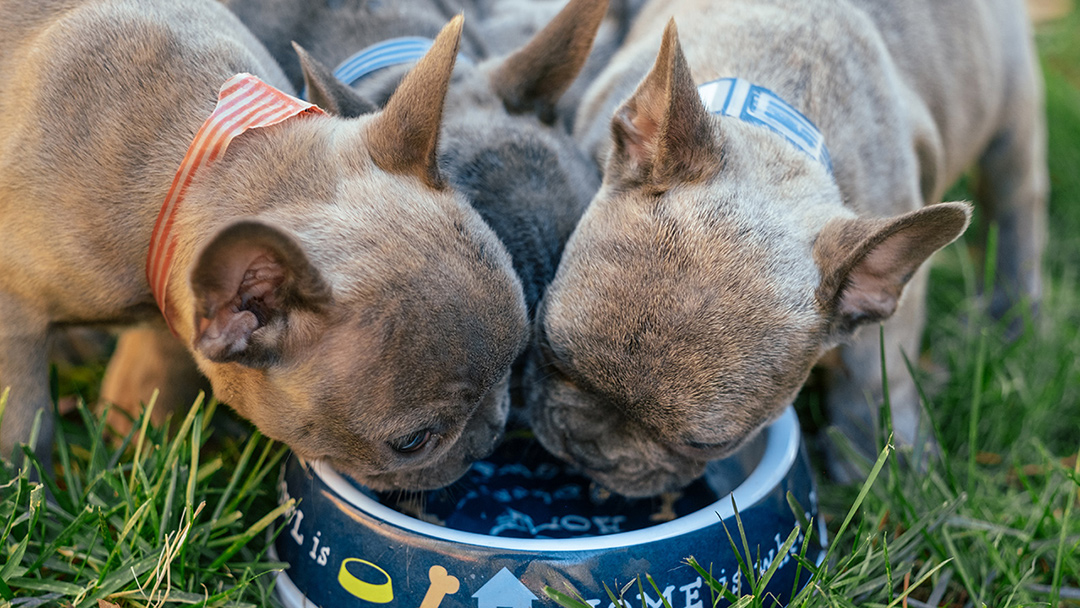Popular Frenchton Colors
June 26, 2023
Popular Frenchton Colors

Popular Frenchton Colors
Frenchton Color Options
At Frenchton Pups we love our Frenchtons and the many colors and patterns they come in! Frenchton colors range from black to white and every color in between. While a dog’s coat is not the most important factor when it comes to selecting your puppy, it is a deciding factor for many families who adopt from us. Below is a list of our the different colors that are available for our Frenchtons:
Frenchton Colors
Our most common colors for Frenchtons include:
- Black
- Brown
- White
- Cream
- Blue
- Fawn
- Sable
Frenchton Patterns
Frenchton can come with different patterns.
- Brindle
- Brindle Pie-bald
- Bicolor
- Tuxedo
Depending on the color and pattern of the Frenchton, our pricing ranges from $2300-$3500.



